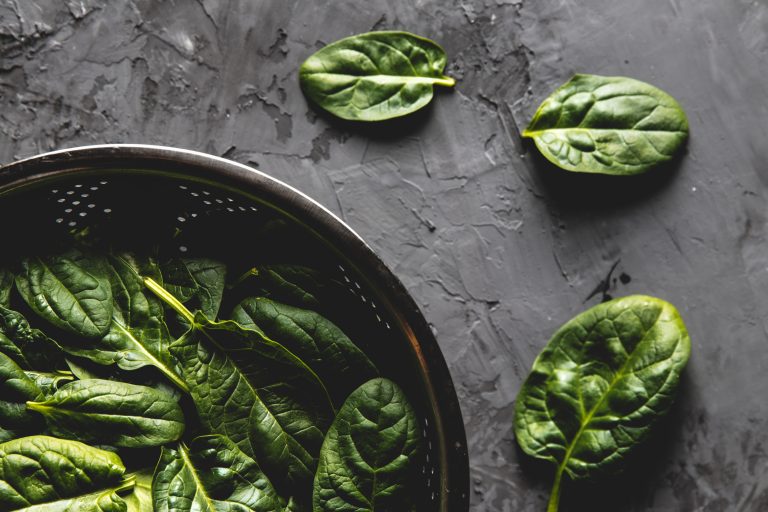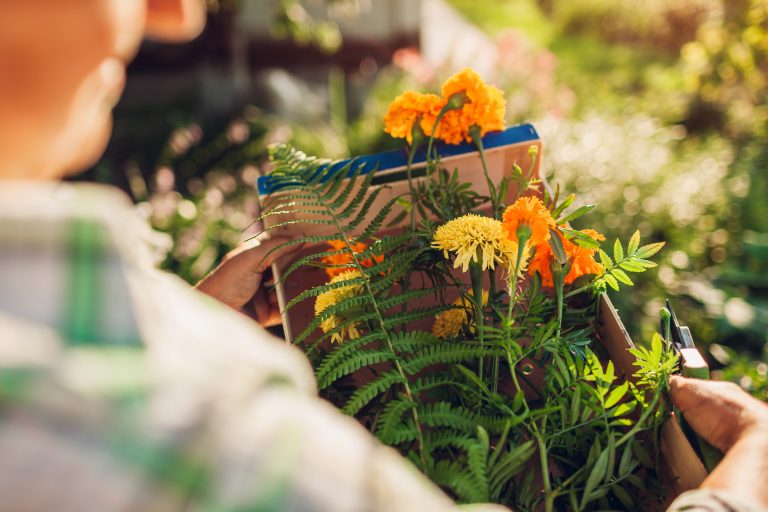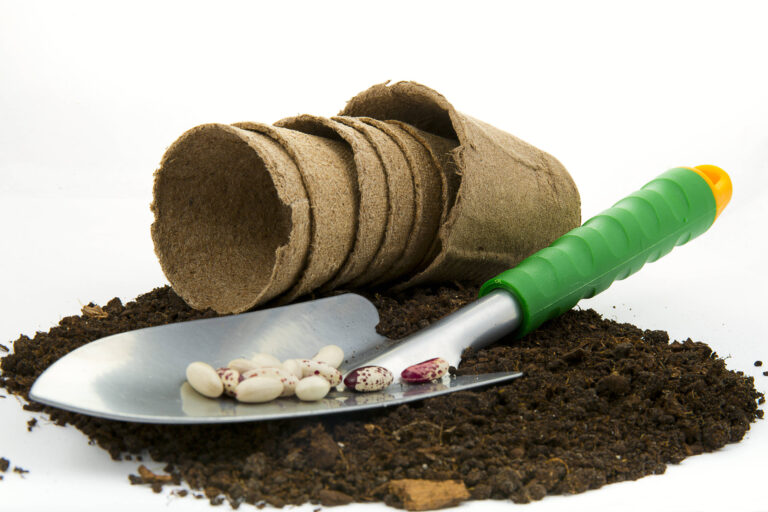There’s something magical about fall gardening—the crisp air, the earthy smell of freshly turned soil, and the anticipation of harvesting veggies just as the leaves start to turn. But here’s the secret: fall gardening isn’t just about planting; it’s about pairing. Think of it like setting up your favorite friends at a dinner party—the right…
grow plants faster
The Shade Garden Strategy That Turns Dead Zones Into Lush Retreats
Every yard has one—the dreaded dead zone. It’s that patch where grass refuses to grow, where the sun barely peeks through, and where you’ve tried everything short of holding a garden séance. But here’s the secret: those “hopeless” spots aren’t failures. They’re opportunities. With the right shade garden strategy, you can transform those sad, barren…
10 Techniques To Increase Germination Rate of Seeds
Germination refers to the process of a seed becoming a plant. Some people don’t mind a very slow process. They’ll plant flowers that take two years to show their colors. However, sometimes you want an experience a little bit closer to instant gratification. While no plant is going to germinate overnight, there are techniques to…


